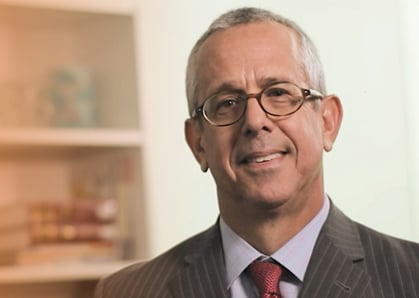Q&A: The Real Developer Impact of Rising Sea Levels
Damage to coastal property and infrastructure from rising sea levels and increased storm surge is a threat that South Florida knows too well. According to a major new report released on June 24, 2014 by a coalition of senior political and economic figures, including University of Miami President Donna E. Shalala, this type of occurrences will likely grow materially over the next five to 25 years along the Eastern Seaboard and the Gulf of Mexico. We caught up with Bilzin Sumberg Baena Price & Axelrod attorney Howard E. Nelson to discuss how developers and municipalities are tackling this threat. Be sure to come back for part two of this exclusive interview tomorrow morning.
GlobeSt.com: The National Climate Assessment named Miami as one of the US cities most vulnerable to severe damage as a result of rising sea levels. How is sea level rise beginning to affect our communities?
Nelson: Sea level rise is beginning to affect our communities in a variety of ways. For example, infrastructure needs to be retrofitted, and communities are spending money to bury infrastructure that may eventually end up underwater.
As such, we've already incurred costs to correct existing infrastructure, such as Miami Beach's work on Alton Road. Or, in the case of stormwater management, historic decisions were based upon soil storage capacities on properties with four to five feet of soil storage for groundwater.
As sea levels and groundwater levels, rise, that storage capacity becomes extremely limited, leading to a greater risk of flooding during normal storm events. Rising sea levels also affects developers' and owners' insurance costs and insurability; insurance could become prohibitively expensive in coastal areas and some projects may be deemed uninsurable.
GlobeSt.com: How can developers help mitigate the impact of sea level rise when planning future projects?
Developers need to start looking at innovative ways to stage infrastructure. They need to find innovative building materials and low cost ways to elevate structures, as well as form cooperative agreements with local governments to ensure infrastructure is not affected by rising sea levels.
GlobeSt.com: What role do you play in helping developers figure out the vulnerabilities of their future developments based on their location?
Nelson: We assist clients in determining the efficacy of traditional infrastructure plans, advise on water storage requirements and the location of underground utilities, guide them through compensatory stormwater mitigation and counsel them on the additional costs to elevate land for their projects.
Additionally, we help guide them through the local government decision-making process with respect to assisting in remedial infrastructure improvements for areas surrounding a project. For example, many local governments have redevelopment projects where the specific property will be protected from storm and sea level-based flooding, while most of the surrounding roads leading to the project will become impassable due to flooding. Increasingly, developers are looking to assist in solving these types of area-wide problems to the benefit of their individual developments.
View Part 2 of the Q&A, "Will South Florida Soon be Under Water?"
This article is reprinted with permission from GlobeSt.com.
